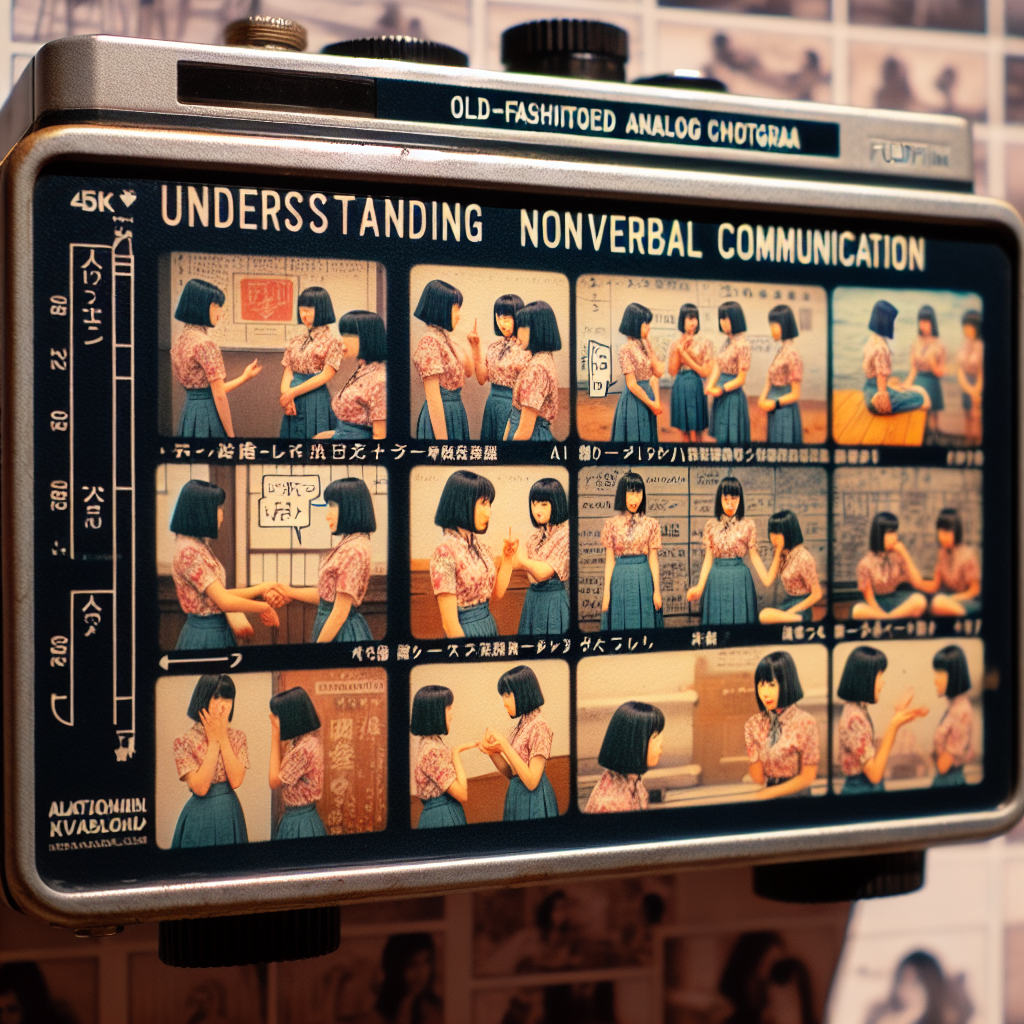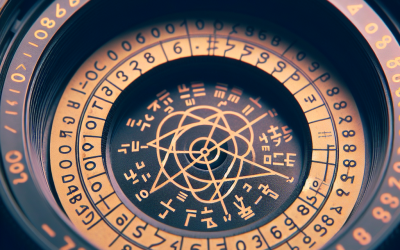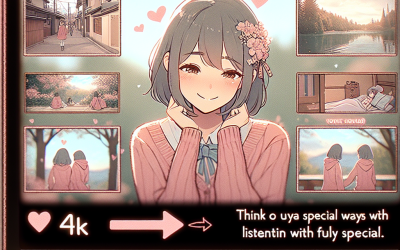Decode Nonverbal Cues: The Ultimate Guide to Understanding Body Language of Japanese Girls for Deeper Connections
Introduction to Understanding Body Language of Japanese Girls
In my experience with understanding body language of Japanese girls, I’ve discovered that nonverbal cues are incredibly powerful in bridging cultural gaps and forming deeper connections. When I first started exploring this topic, I was fascinated by how subtle gestures and facial expressions can reveal so much about a person’s feelings and intentions. I want to share what I’ve learned about decoding these cues, because I believe that mastering understanding body language of Japanese girls can significantly enhance your interactions with them.
From what I’ve researched and experienced firsthand, Japanese women often communicate quietly, relying heavily on nonverbal signals that can easily be missed if you’re not paying close attention. understanding body language of Japanese girls requires patience and cultural sensitivity, but once you grasp these subtle cues, you’ll find it easier to connect on a genuine level. I recommend staying observant and respectful, as these gestures are deeply rooted in cultural norms. In this guide, I’ll walk you through the key signs and tips to improve your skills in understanding body language of Japanese girls.
Key Nonverbal Cues in Japanese Female Communication
Understanding body language of Japanese girls begins with recognizing some common nonverbal cues that often appear in everyday interactions. From my experience, these signals are subtle but meaningful, giving you insight into their true feelings and comfort levels.
H3: Eye Contact and Gaze Patterns
In my experience, Japanese girls tend to use eye contact more sparingly compared to Western cultures. I’ve found that prolonged staring can sometimes be seen as intrusive, while brief, shy glances indicate interest or shyness. When I observe consistent, soft eye contact, I interpret it as a sign of openness—though I always remember to respect personal boundaries. From what I’ve learned, avoiding eye contact altogether might suggest discomfort or modesty, which is common in Japanese social settings.
I recommend paying attention to the duration and context of eye contact. If she looks away quickly or maintains a gentle gaze, it’s often a sign of politeness or nervousness. Understanding body language of Japanese girls in this context helps me gauge whether she’s interested or simply being respectful.
H3: Facial Expressions and Microexpressions
My research shows that Japanese girls often use subtle facial expressions to communicate their emotions. A slight smile or a gentle blush can reveal interest or affection, even when they don’t say a word. I’ve discovered that microexpressions—brief, involuntary facial expressions—are especially telling. For example, a quick flicker of surprise or slight tension might indicate hesitation or uncertainty.
From my experience, learning to recognize these microexpressions is essential for understanding body language of Japanese girls. I recommend observing how their facial cues change in different situations, as this can tell you a lot about their comfort and interest level. These small but significant signals can be the key to building trust and deeper understanding.
Common Gestures and Their Meanings
In my journey of understanding body language of Japanese girls, I’ve noticed certain gestures that are particularly common and revealing.
H3: Bowing and Posture
Bowing is a fundamental gesture in Japanese culture, often expressing respect, gratitude, or apology. I’ve learned that the depth and duration of a bow can vary—deeper bows usually indicate sincerity or formality. When a Japanese girl slightly bows or lowers her head during conversations, I interpret it as a sign of politeness or modesty.
In more casual settings, a gentle tilt of the head or a slight lean forward can suggest interest or attentiveness. From what I’ve experienced, paying attention to these postural cues helps me understand her level of comfort and engagement. I recommend observing how her posture shifts during interactions to gauge her feelings more accurately.
H3: Hand Gestures and Nods
I’ve found that subtle nods are often used to show agreement or encouragement. A quick nod when you speak can mean she’s actively listening and interested. Conversely, avoiding eye contact combined with minimal gestures might signal discomfort or disinterest.
Understanding body language of Japanese girls also involves recognizing when they use gestures to politely decline or indicate hesitation. For example, touching the face or covering the mouth slightly can be a sign of shyness or uncertainty. I recommend being patient and respectful when interpreting these gestures, as they are often more reserved than in Western cultures.
Cultural Nuances and Subtleties in Body Language
Understanding body language of Japanese girls isn’t just about recognizing gestures—it’s also about appreciating the cultural context behind them.
H3: Modesty and Reserve
In my experience, modesty is deeply ingrained in Japanese culture. I’ve discovered that many signals of shyness or reserved behavior, like avoiding direct eye contact or keeping a neutral expression, are signs of respect rather than disinterest. When I pay close attention to these nuances, I realize that a Japanese girl’s body language might seem detached but is actually a reflection of cultural politeness.
From what I’ve learned, understanding body language of Japanese girls requires me to interpret subtle cues within the context of their cultural background. I recommend always considering cultural norms before jumping to conclusions about interest or disinterest based solely on body language.
H3: Personal Space and Physical Distance
Another important aspect is the use of personal space. I’ve noticed that Japanese girls tend to maintain a respectful distance during initial interactions, which can feel different from more physically expressive cultures. When she moves closer or leans in slightly, I see it as a sign that she feels comfortable and trusts me more.
Understanding body language of Japanese girls also involves recognizing that physical closeness might be a sign of familiarity or affection. I recommend observing how her proximity changes over time to better understand her comfort level and emotional state. Respecting personal space is key to building trust and rapport.
Practical Tips for Better Connection
In my experience, improving my ability to understand body language of Japanese girls has helped me form more meaningful connections. Here are some practical tips I recommend based on what I’ve learned:
H3: Be Patient and Attentive
Japanese girls often communicate in a reserved manner, so patience is essential. I’ve found that giving her space and time to express herself nonverbally allows for more authentic interactions. Paying close attention to microexpressions and gestures can reveal her true feelings.
Understanding body language of Japanese girls requires me to slow down and really observe her cues. I recommend avoiding jumping to conclusions based on a single gesture—context is everything. Consistent attentiveness helps build trust and rapport.
H3: Respect Cultural Norms
I believe respecting cultural norms is fundamental. For example, I avoid overly direct body language or gestures that might be considered intrusive. Instead, I try to mirror her body language subtly, which often encourages mutual comfort.
From my research, understanding body language of Japanese girls is about respectful observation and sensitivity. When I adapt my approach to their cultural cues, I find that communication flows more naturally. I recommend always being respectful and considerate of their social boundaries.
H3: Use Open and Friendly Gestures
Smiling, nodding, and maintaining an open posture are all ways I foster better understanding body language of Japanese girls. These gestures convey warmth and approachability, making her feel at ease.
Based on my experience, genuine gestures combined with attentive listening can significantly improve your connection. I recommend being authentic and observant—small cues often carry big messages in Japanese social interactions.
References and Resources
Throughout my research on understanding body language of Japanese girls, I’ve found these resources incredibly valuable. I recommend checking them out for additional insights:
Authoritative Sources on understanding body language of Japanese girls
-
The Art of Japanese Communication
japaneseculture.comThis site offers comprehensive insights into Japanese social norms, including body language nuances that are essential for understanding body language of Japanese girls.
-
Japanese Cultural Studies
japanfoundation.or.jpA detailed academic resource on Japanese communication styles, including nonverbal cues that enhance understanding body language of Japanese girls.
-
Mastering Japanese Nonverbal Cues
japanesemindset.comThis blog provides practical tips and real-life examples of understanding body language of Japanese girls, making it a valuable resource for learners.
Japanese dating tips for Western men
Frequently Asked Questions
Frequently Asked Questions
How can I tell if a Japanese girl is interested in me based on her body language?
In my experience, if a Japanese girl maintains gentle eye contact, leans slightly toward you, and exhibits subtle smiles or mirroring gestures, these are signs of interest. understanding body language of Japanese girls is about noticing these microexpressions and postures that indicate comfort and engagement. I recommend observing her overall body language patterns over time to get a clearer picture of her feelings.
What are some common body language signs that indicate hesitation or discomfort?
From my research, signs like avoiding eye contact, crossing arms, or a slight turning away are often indicators of hesitation or discomfort. Japanese girls tend to be reserved, so these signals are subtle but meaningful once you learn to recognize them. I recommend giving her space and respecting these cues, as understanding body language of Japanese girls is crucial for building trust.
How important is cultural context when interpreting body language of Japanese girls?
I believe cultural context plays a vital role. In Japan, modesty and politeness influence how body language is expressed. A shy smile or a slight bow may not mean disinterest but rather respect. I recommend always considering the cultural background and norms when interpreting these cues, as misreading them can lead to misunderstandings. My experience shows that patience and cultural awareness are key to accurate understanding body language of Japanese girls.
Conclusion
In conclusion, my research on understanding body language of Japanese girls has shown me how subtle yet significant nonverbal cues can be in fostering genuine connections. I believe that paying attention to their gestures, facial expressions, and cultural context allows for a much deeper understanding and appreciation. I hope this guide helps you become more perceptive and respectful in your interactions, ultimately enabling you to build more meaningful relationships by decoding these quiet signals. Based on my experience, mastering understanding body language of Japanese girls opens the door to authentic communication and trust.
Find out more information about “understanding body language of Japanese girls”
Search for more resources and information:








